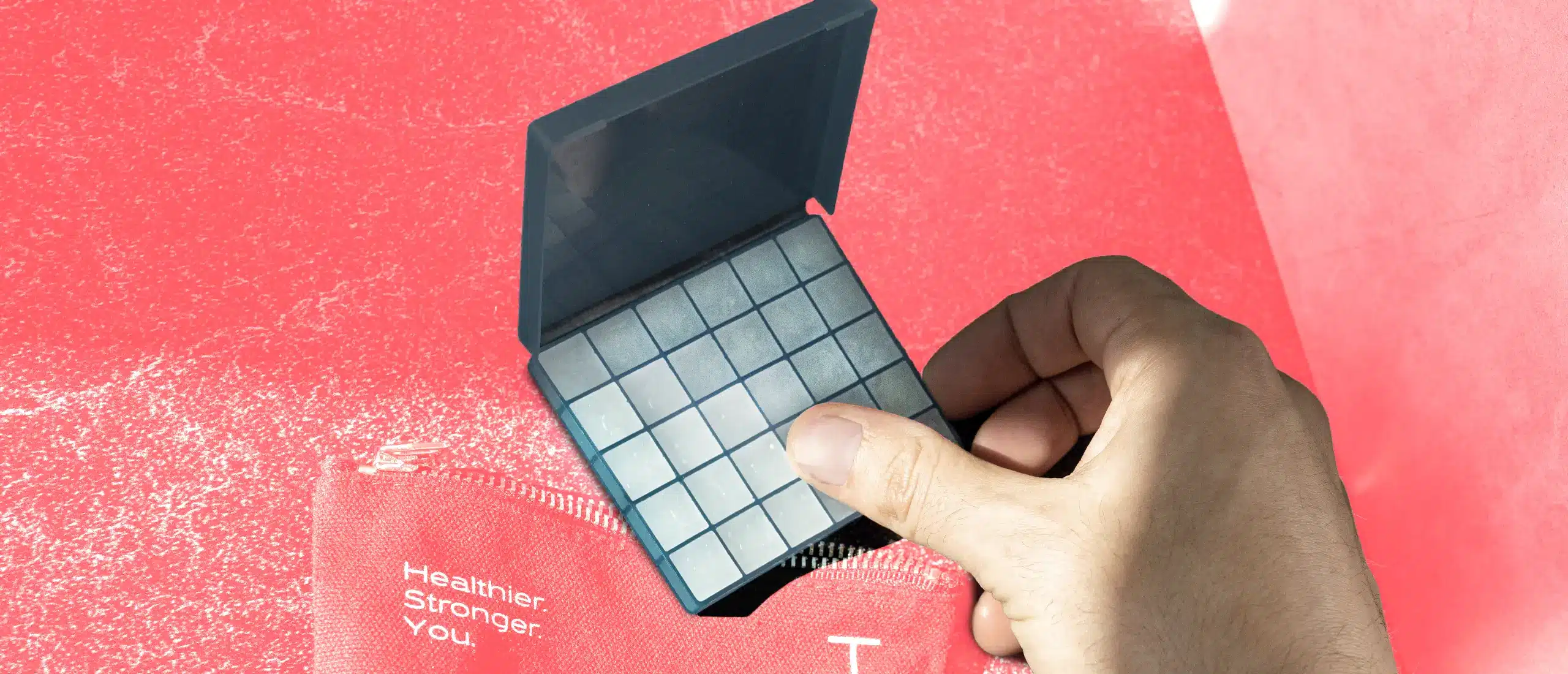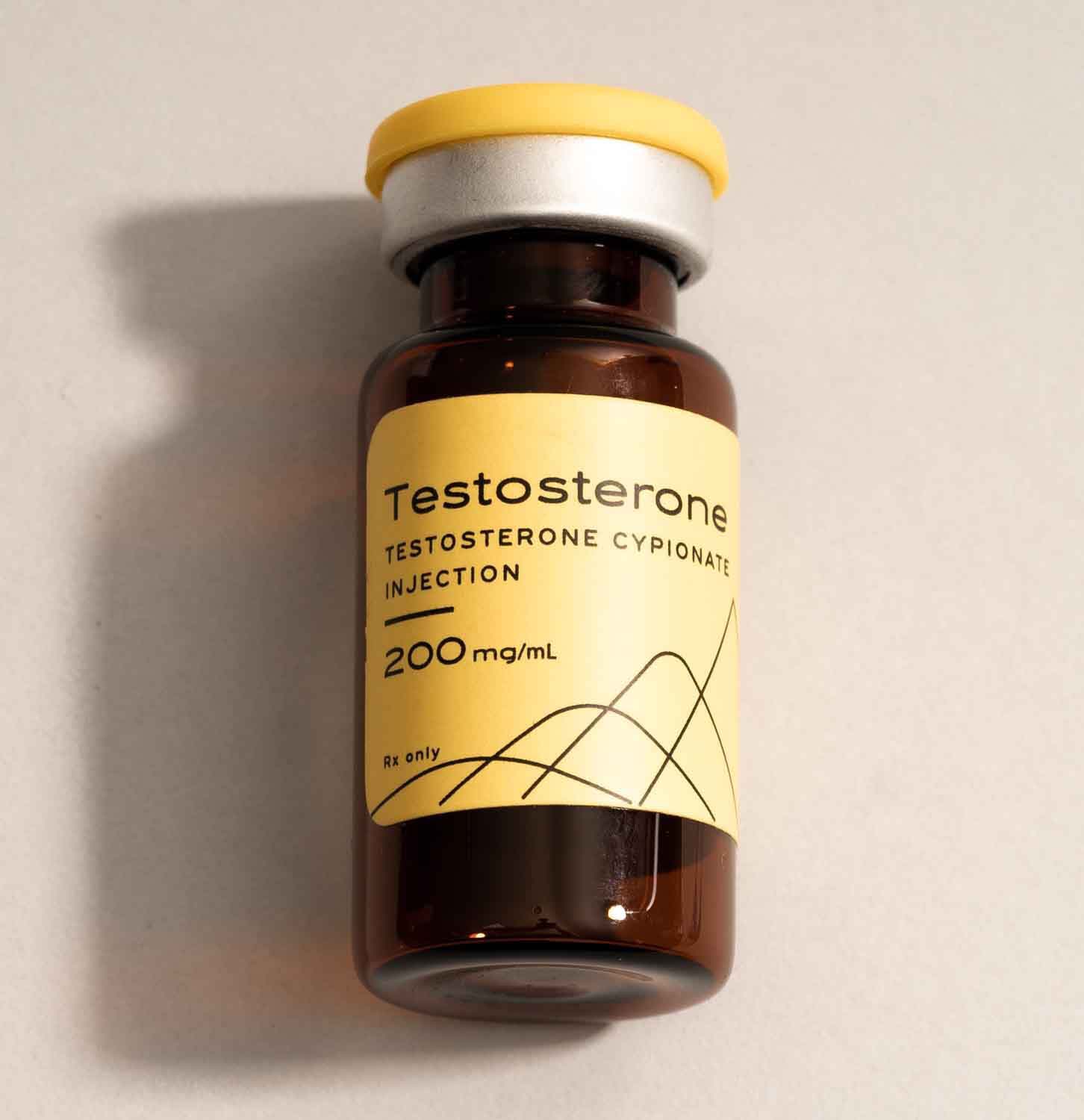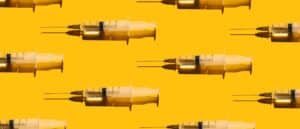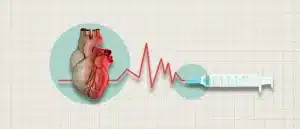Testosterone Troches Are the ‘Sports Cars’ of TRT
The 30-Second Takeaway
- Testosterone troches are a form of testosterone replacement therapy (TRT) that involve lozenges that dissolve in the mouth.
- Troches are taken once or twice per day.
- Experts say troches are a great option for people who fear injections.
Ever had a slow oil leak sabotage your engine? Declining testosterone levels can be the constant drip you don’t know you have. And testosterone troches (lozenges you place under the tongue)—a form of testosterone replacement therapy (TRT)—could help.
Also known as hypogonadism, low testosterone can lead to emotional and physical symptoms that can make daily life hard, according to Suzanne Manzi, M.D., a regenerative and anti-aging specialist in Texas who prescribes hormone therapy. On that list? Low energy, brain fog, blood sugar spikes and dips, and inflammation, which can do a number on your immune system.
Research suggests testosterone levels can drop by up to 3% per year, starting at around age 35. And while your risk increases by age, it can happen to younger men, too: A full 40% of men over age 45 have been found to have below-normal T levels. (1, 2).
Manzi compares living with low testosterone levels to walking around in a haze: You might be able to navigate it, but it’s tougher than finding your way in the clear.
How Testosterone Troches Work
All forms of TRT—including troches—restore testosterone levels to reverse symptoms.
“Testosterone troches dissolve under the tongue and are absorbed directly into the bloodstream, offering a rapid boost of testosterone,” says Manzi.
Like other forms of TRT, troches are also only available by prescription. (Those “testosterone-boosting” pills and gummies you can buy over the counter aren’t the real deal).
Manzi compares troches to “nimble, quick-response sports cars” because they provide a fast release of testosterone within about 30 minutes. They come in a range of strengths; your doctor will prescribe the dose that’s appropriate based on your blood test results.
“Troches offer flexibility with dosing and can be easily adjusted to suit individual needs,” Manzi says. “Some prefer a daily regimen like troches or patches, while others may opt for the ‘set it and forget it’ approach offered by pellets.”
Troches are also a great option if you don’t like needles, can’t tolerate injections, or have sensitive skin (ruling out testosterone patches).
You typically take troches twice a day; once in the morning and again in the evening. As with all forms of TRT, you’ll want to follow up with your doctor about a month after treatment begins to make sure that your T levels are where they should be.
Potential Testosterone Troche Side Effects
Troches can come with potential side effects just like other forms of testosterone replacement therapy. The most minor would be heartburn, headache, and burping. More serious issues can include increased red blood cell count (which, Manzi says, could up the risk of clotting), foot and ankle swelling, cholesterol level changes, sleep apnea symptoms, and increased prostate cancer risk.
If you experience any of these impacts, call your healthcare provider ASAP, says Manzi. They can determine if another form of TRT, like injections or cream, might be better for you, or if you’d benefit from a different medication like clomiphene citrate.
Benefits of Testosterone Troches
Beyond improved mental clarity and energy, troches (like other forms of TRT) can provide other major wins.
A revved-up libido
As testosterone declines, it takes a chunk of your libido with it. Research has found that TRT can partially reverse libido loss, in part because it may help with sexy-mood killers like erectile dysfunction, depression, and fatigue (3).
Stronger bones
Bone mass typically peaks in your 20s and decreases after that. The loss is slower in men than in women, but it’s still a risk factor for serious complications like fractures. And because testosterone plays an important role in maintaining bone density, TRT may help slow down this process, research suggests (4).
Stronger muscles
Along with bones, your muscles naturally change over time. In fact, you can lose up to 8% of your muscle mass per decade between ages 30 and 60 (5).
Testosterone troches pump the brakes on this progression: Research shows TRT can improve both muscle volume and strength, which can not only help with gym-based gains but also enhance mobility and overall function (6).
Weight loss
With more lean body mass (through muscle) comes another shift in body composition: how you store fat. One study found that men on TRT had greater reductions in fat mass and visceral fat—that’s the dangerous kind that increases the risk of diabetes and heart problems—compared to those taking a placebo (7).
Troches Vs. Other Forms of TRT
One of the most popular aspects related to testosterone troches is that they’re non-invasive–as compared to other forms of TRT (like injections, pellets, and even patches—which can cause skin irritation). “They’re placed between the gum and inner cheek or under the tongue,” notes Jim Staheli, D.O., Medical Director at Hone Health. “Saliva helps break down the troche allowing the drug to quickly pass through thin skin into the circulatory system.”
Yet while the delivery system is easy and quick it comes with some potential drawbacks, as compared to other TRT types. For example, compliance is an issue, notes Staheli. In other words, if you’re busy, you might forget to take a troche.
So while a patch can deliver testosterone over the course of 24 hours, and injections last a week or more (depending on your dosage), if you skip a T troche, well, you miss that dose.
And while all forms of TRT involve testosterone in the body, with troches, “there is a certain percentage of testosterone which mixes with saliva and is swallowed, thereby entering the digestive system, making it unavailable for use,” Staheli says. That could be taxing for the liver.
Staheli notes that testosterone levels can also fluctuate more with troches vs. other forms of TRT, due to their “very short half-life.” (That hormone fluctuation can also be affected by someone’s regularity with the troches.)
Injections have a half-life of eight to 10 days, yet injecting twice or more per week “can minimize testosterone fluctuations,” Staheli adds.
A plus? The short half-lives relate to faster reversals. Injections, troches, and patches can come with “quick reversal,” after discontinuation, Staheli notes. Pellets by comparison are “designed for consistent and prolonged release (over three to six months),” he says. According to Staheli, that and their “difficult removal” could make things tough if someone experiences side effects from testosterone.
“With all forms of testosterone therapy, dose varies based on the method of delivery, patient’s age, initial labs, symptoms, medical history, physical or virtual exam, desire for fertility, and lifestyle behaviors,” Staheli says. “In most cases, therapeutic levels can be achieved with any form of testosterone delivery. However, the choice of treatment is dependent on patient preference, affordability and availability.”
Hone’s at-home testosterone assessment is the simplest way to uncover whether your levels are low. If you qualify for treatment, TRT can be sent right to your door.
References
1. Millar, A., et al., (2016). Predicting low testosterone in aging men: a systematic review
2. Cohen, J., et al., (2019)., Low Testosterone in Adolescents & Young Adults
3. Rizk, P. et al., (2017). Testosterone Therapy Improves Erectile Function and Libido in Hypogonadal Men
4. Shigehara, K., et al., (2021)., Testosterone and Bone Health in Men: A Narrative Review
5. Volpi, E., et al., (2010)., Muscle tissue changes with aging
6. Shigehara, K., et al., (2022)., Relationship between Testosterone and Sarcopenia in Older-Adult Men: A Narrative Review
7. Ng Tang Fui, M., et al., (2016)., Effects of testosterone treatment on body fat and lean mass in obese men on a hypocaloric diet: a randomised controlled trial














